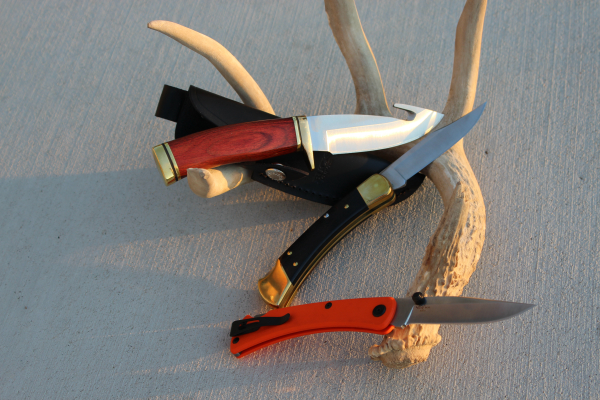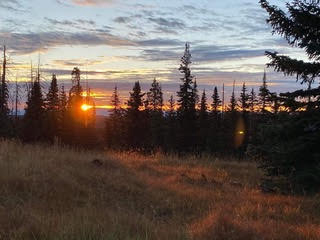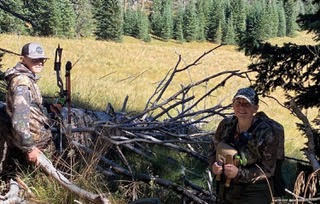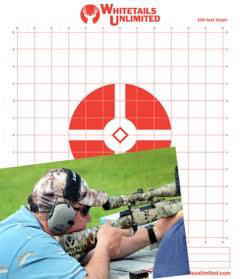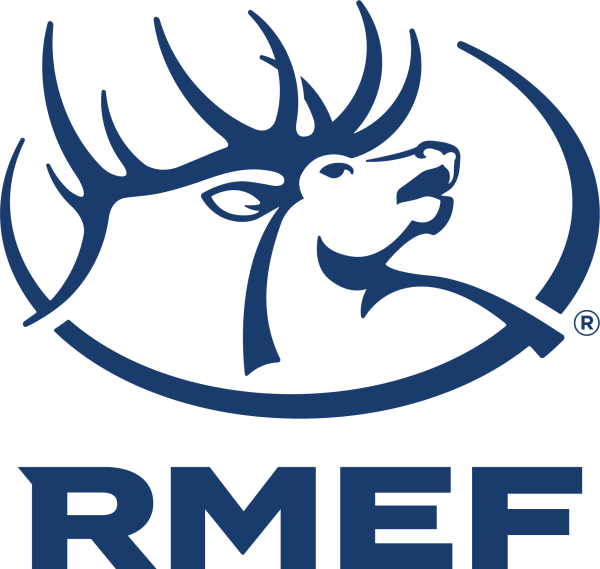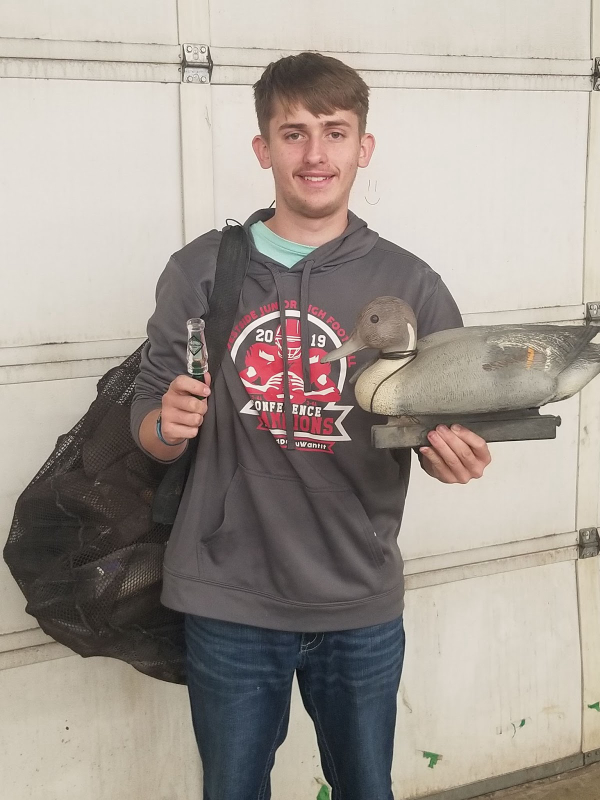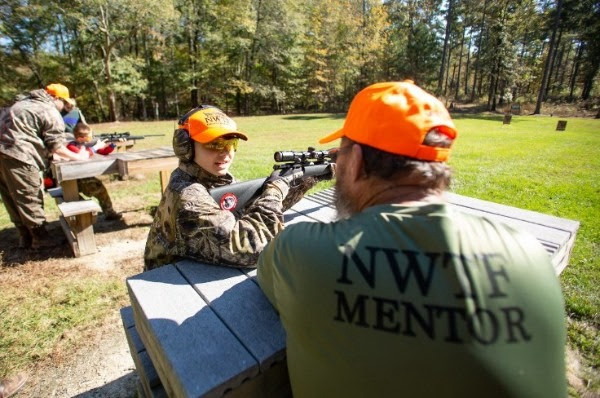Improve Accuracy, Reduce Game Recovery Time with NBEF’s Whitetail Shot Placement Aids

RAPID CITY, SD (October 10, 2022) – The National Bowhunter Education Foundation (NBEF) offers educational items to increase success and safety for bowhunters. Whitetail hunters can refer to these tools to improve shot accuracy for a quick harvest and game recovery.
The Advanced Whitetail Deer Anatomy and Shot Placement Guide is an informative shot placement training aid with full color 8.5″ x 11″ transparent overlays. Separate acrylic overlays feature the muscular system, skeletal system, circulatory system, and vital organs specific to a white-tailed deer. Accompanying text includes shot placement information and illustrations for both firearm hunters and bowhunters. Useful for hunting guides, hunter education instructors or today’s informed hunter. Responsible hunting includes knowledge of accurate shot placement for a quick kill and game recovery. This is part of the International Bowhunter Education Program Hunter Responsibility Series which includes anatomy and shot placement guides for bear, turkey and elk. Suggested retail $12.50.
The 3-D Whitetail Deer Anatomy Sectional is an excellent tool for hunter education classes and hunter certification courses. It’s molded to near life size and pre-drilled to show arrow shot placement on white-tailed deer. A removable magnetic scapula and display stand are included. Allow for possible long lead times when ordering this product. Suggested retail $250.
“NBEF encourages bowhunters to use available reference information and tools that can lead to safer and more successful hunts,” explained NBEF Executive Director Marilyn Bentz. “As stewards of our sport it makes sense to educate ourselves and others on best practices.” Read more

